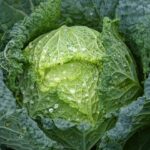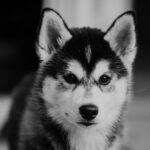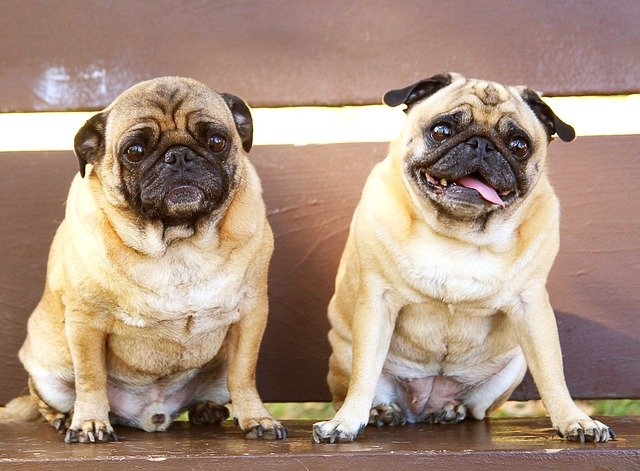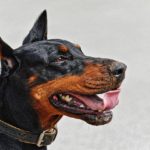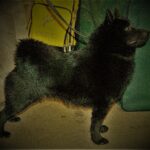
Are Schipperkes A Good Family Dog Breed
Some dogs really don’t know how large they are. Great Dane is just like that, totally huge, yet they believe they’re poodles, and they’re almost as eager to cover behind you before danger hits whenever they’re facing it.
Schipperkes would be on the other side of the curve. These dogs are small, but they are completely assured and they’re the most terrifying species on earth. They’re not going to come back from something which is a quality that’s impressive but also gets them through danger.
The species is not so well established, but they will make great buddies. For most of the time, you could only see a black coat on this breed, but because of certain variations, you will also see a tan, white and blue schipperke.
Would it be right for a household?
Schipperkes are yet another compact Belgian dog species, no more than 13 inches tall and carrying up to 16 pounds. The males are typically heavier than the females.
The whole species is happy to be living in a small house. But by walking and playing, require a lot of workouts. The dog is going to enjoy agility sports and domestic activities.
Schipperkes are smart, although they can be self-sufficient, and training requires dedication and compassion. Discipline teaching and socialization from a young age are necessary to suppress Schipp’s independent spirit.
Kudos to their watchdog nature, such breeds will turn into guard dogs, which might be important to mention if you live in apartments or in near proximity to your neighbors.
You’ll need to groom your Schipperke once every week. Regular grooming could be needed throughout their two-year shedding cycles.
Does Schipperkes do well with kids and other animals?
As several smaller breeds, Schips appear to be temperamental and responsive when forced. They are less accepting of discomfort and of conditions that they deem offensive than most species. For this cause, this is not the right breed option for small kids’ and teenagers’ households.
It is possible to socially interact with a Schip baby quite enough to accept people, but the unpredictable nature of kids and animals is not something you’d encourage, particularly for a species recognized for its spit-fire temperament.
Older kids, from the other side, will make awesome buddies for Schips, provided they are polite and know how to manage a pet with care. Schips are born lunatics, and they love jumping and racing across the lawn. For this cause, an enthusiastic elderly person is a perfect companion.
The same bitchy personality which places Schips in conflict with children can even cause unpleasant interactions with many other creatures. They tend to be more violent and protective with animals that they don’t identify with, especially larger species. While it is conceivable to get a multi-dog home with a Schip, it would focus largely on the temperament of the canine, how well they were conditioned as a child and the temperament of all the other pets.
When thinking of taking Schip to a household with other household animals including cats as well as hamsters, it’s significant to mention that such a dog was raised to hunt down and kill rodents on ships and in stores. They have a strong hunting instinct because of their height, and they should be trusted if smaller animals or birds are nearby. Schips can get along very well with cats, particularly those who are around their size and shape, particularly if they are bred together.…

